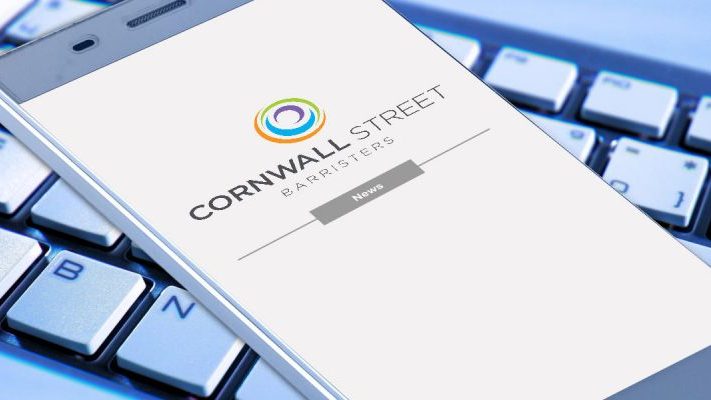In January of this year the Court of Appeal grappled again with the vexed question of how to resolve the various, sometimes competing, costs regimes that now exist in the Civil Procedure Rules. Blair v. Wickes Building Supplies Ltd (No. 2) [2020] EWCA Civ 17 concerned an initially fairly routine employer’s liability case in which the Claimant had been injured at work and submitted a claim to the Defendant’s insurers under the Pre-action Protocol for Low Value Personal Injury (Employers’ Liability and Public Liability) Claims. The insurers admitted liability but the parties could not agree a value for the Claimant’s damages and therefore the claim proceeded to a quantum assessment under the Stage 3 procedure before a District Judge. The Judge’s decision was ultimately the subject of an appeal, first to a Circuit Judge and then to the Court of Appeal. At the conclusion of the first hearing before the Court of Appeal it was ordered that the Defendant succeeded and it therefore applied for its costs incurred in the two appeals. That application was adjourned for written submissions on costs which then formed the basis of the Court of Appeal’s second judgment in the litigation.
Baker L.J. identified the issues in the following terms:
“(1) Do the rules governing fixed costs in CPR rr 45.17 to 45.19 apply to the costs of the appeal?
(2) If not, does CPR r 52.19 apply?
(3) If CPR r 52.19 does apply, what order for costs should we make?
(4) Does the qualified one-way costs shifting regime in CPR Pt 44 apply to the costs of the appeal so as to limit the extent to which any order may be enforced against the claimant?”
Practitioners will be familiar with the CPR rules referred to above but in brief rules 45.17 to 45.19 provides for a fixed costs regime for claims started under the Stage 3 procedure. Rule 52.19 provides that, in fixed costs cases, the appeal court may limit the recoverable costs of a subsequent appeal and the qualified one-way costs shifting regime provides that orders for costs made against a Claimant may be enforced without the permission of the court but only to the value of any order for damages and interest obtained by the Claimant.
In its judgment, the Court of Appeal concluded that the fixed costs regime did not apply to the costs of an appeal but rule 52.19 could, in principle, apply to limit the successful party’s recoverable costs. On the facts of Blair itself, the Court declined to exercise its discretion under the rule and allowed the successful Defendant to recover its costs of both appeals.
However, the Court also concluded that the qualified one-way costs shifting regime applied to both the first instance proceedings and the subsequent appeals. Therefore, the unsuccessful Claimant would not face any enforcement of the adverse costs order unless and until permission was sought and granted to the Defendant. Essentially, the Claimant was protected by the qualified one-way costs shifting regime which likely resulted in a net zero benefit from the litigation; the damages obtained were probably offset against the Defendant’s appeal costs but the Claimant was not at risk of losing out financially as a consequence of bringing the claim and the appeal. Indeed, it is very likely that the Defendant still lost financially as the value of the Claimant’s damages was likely far less than the costs of the appeals.
Baker L.J. also offered this particular rationale for applying the qualified one-way costs shifting regime to the appeal litigation:
“The purpose of the QOCS regime is to facilitate access to justice for those of limited means. As Edis J observed at para 3 of his judgment in Parker v Butler , if a claimant’s access to justice is dependent on the availability of the QOCS regime, that access will be significantly reduced if he is exposed to a risk as to the costs of any unsuccessful appeal which he may bring or any successful appeal a defendant may bring against him. It follows that, as Edis J noted at para 17 of his judgment, to construe the word “proceedings” as excluding an appeal would do nothing to serve the purpose of the QOCS regime. I therefore conclude that any appeal which concerns the outcome of the claim for damages for personal injuries, or the procedure by which such a claim is to be determined, is part of the “proceedings” under CPR r 44.13 . This interpretation applies even where, as here, (a) the court is dealing with a second appeal, (b) the appeal is brought by the defendant to the original claim, and (c) the court has declined to exercise its discretionary powers to limit recoverable costs under CPR r 52.19 .”
One is left to speculate about how the Defendant would view its own access to justice in circumstances where the Court of Appeal determined that the Claimant’s appeal was “wholly unmeritorious and led the defendant to incur unnecessary additional costs” which, it seems, it is unlikely to ever recover in full.
Michael Trevelyan
Cornwall Street Barristers

